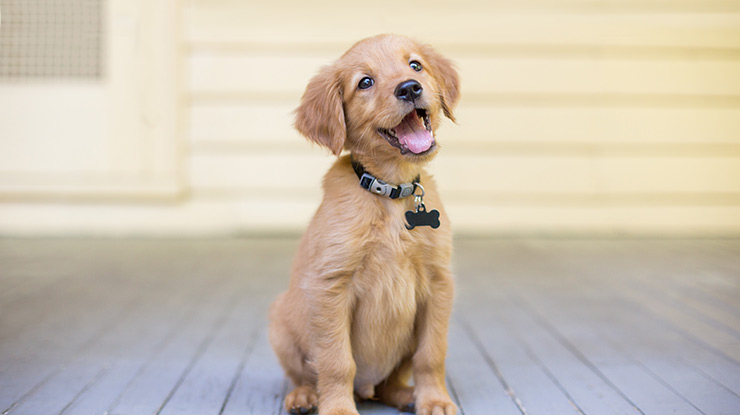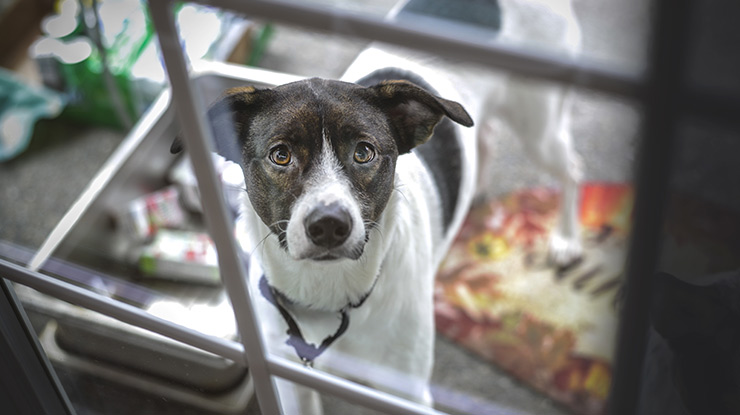
The Dos and Don'ts of Doggy Doors
Dog doors can give your pets easy access to the outdoors.
We all want to ensure that our pets are living healthy lives, and we do what we can to make sure they’re happy because that makes us happy.
When it comes to letting our dogs in and out of the house, dog doors can give them the freedom to access the yard at their convenience. There are a variety of different dog doors to choose from, and it’s important to know which one will work best for your pet and your house.
Here are five dos and don’ts to consider when deciding whether or not to install a dog door.

1. DO Consider the Size of Your Dog
Dogs come in a variety of sizes, from incredibly small to overly large. It’s important to install a dog door that fits your dog. If not, there’s a chance they could injure themselves getting in and out of the house. Most dog door manufacturers should have a size chart for dog doors, but if that isn’t the case, talk to someone to find the door that will work best for your four-legged friend.
2. DO Decide What Type of Dog Door to Get
After you’ve measured your dog, it’s time to decide what type of door will work best in your house. This will depend on what you’re looking for and where you’re planning on installing it. Dog doors can be used with sliding glass doors. There are many things to consider, including price and the size of the sliding glass door. Sliding glass doors are typically six to nine feet high, but some companies offer specific sizes to accommodate specific needs. You’ll need to know what size your sliding glass door is to install a dog door.
3. DO Consider What Your Dog Has Access To
More than likely, your dog will be accessing your yard, but is there anything in the yard that the dog could get into? Does your dog like to dig? Is everything secure so the dog can’t escape? These issues might not be overly concerning if you’re outside with your pet, but if they have access to the yard when you’re not watching them, they might get into something that could harm them. Make sure your yard is pet safe so they can be outside by themselves.

4. DON’T Assume Your Dog Will Know How to Use the Dog Door
Some dogs will understand how to use the dog door without any training or encouragement, but others might be leery—especially if they can’t see what’s on the other side. Until you install the door, you won’t know if your dog will be willing to use it. Training your dog to use the door will ensure that they are confident and able to go through the dog door when they need to.
5. DON’T Assume Your Dog Will be the Only Animal Using the Door
If you have other pets that you want to keep in the house, having a dog door probably won’t keep them inside. Cats are notorious for escaping through dog doors, but other animals can also use them to get into your homes, including raccoons, possums, coyotes or other creatures that can fit through. You’ll have to decide if you want to risk other creatures getting into your house or find a door that makes it more difficult for other animals to get in and out.

Having a dog door will give your dog the freedom to enter and exit at their leisure. It can also help make housetraining your dog easier or give them access to the yard when you’re at work, reducing the amount of accidents that occur in the house. By keeping a few dos and don’ts in mind when deciding what kind of dog door to install, both you and your pet can be happier.
Bio:
Emily is a freelance wildlife conservation and pet blogger. To check out more of her work, see her blog, Conservation Folks, or follow her Twitter account @emilysfolk.










